Why Do Autistic People Wear Headphones?
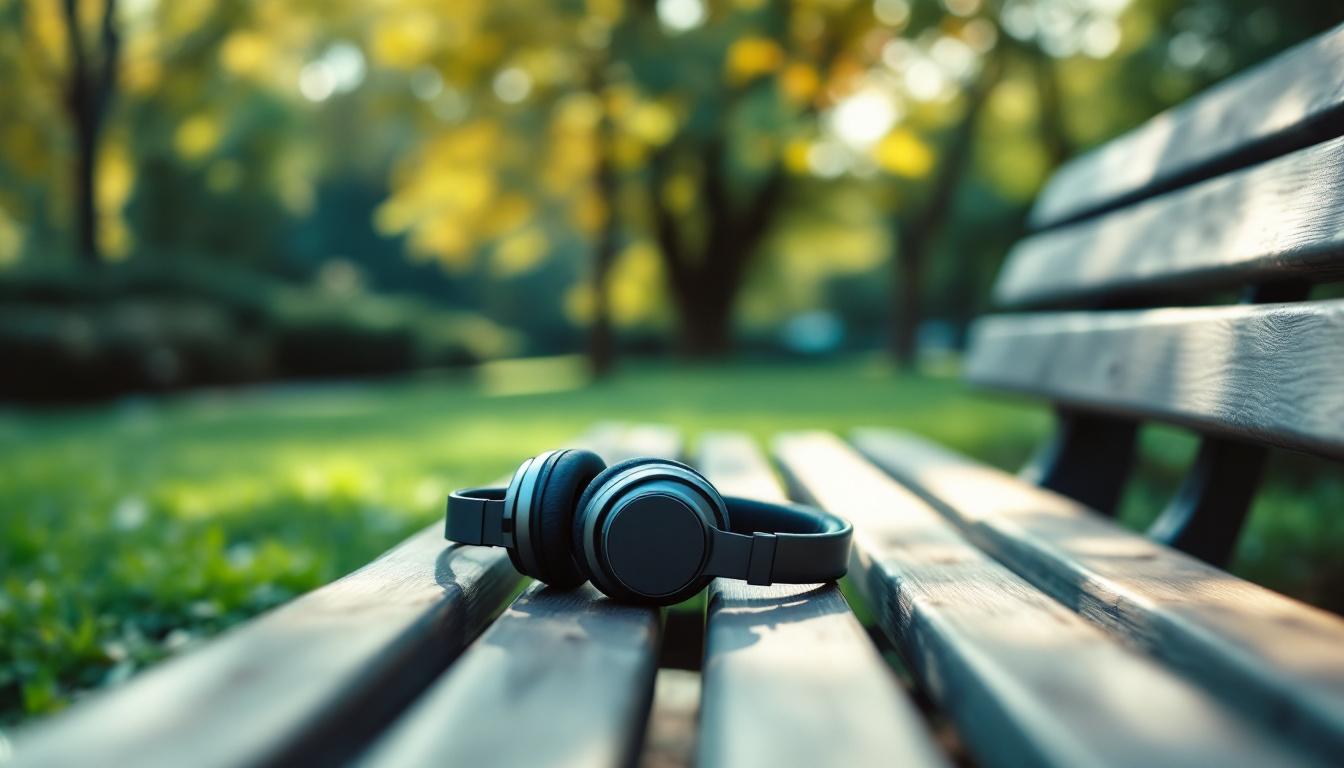
Why Headphones Are Crucial Tools for Autistic Individuals
For many on the autism spectrum, navigating a world filled with unpredictable and often overwhelming noises presents daily challenges. Headphones have become essential tools that help manage sensory input, providing comfort, focus, and a sense of control. This article explores why autistic people often wear headphones, the benefits they offer, and how different types of headphones serve various sensory needs, ultimately enhancing quality of life and social participation.
The Sensory Overload Challenge in Autism
Why do autistic people often wear headphones?
Autistic individuals frequently face sensory sensitivities that make everyday sounds overwhelming or distressing. To manage these intense reactions, many use headphones as an effective coping tool.
Headphones help create a quieter, more controlled auditory environment. They block out or reduce loud and sudden noises that can trigger sensory overload. Types like noise-canceling, over-ear, and bone conduction headphones are popular choices, each offering different benefits for sensory regulation.
These devices serve multiple purposes. Primarily, they diminish external auditory stimuli, providing a calm space that minimizes sensory stress. This can improve focus, making learning and social interactions easier. Headphones also support emotional regulation, helping individuals feel more comfortable and secure in challenging settings.
Wearing headphones can also signal to others that the user needs quiet, aiding in understanding and accommodation. Many autistic people rely on this sensory management strategy during activities like shopping, traveling, or attending noisy events.
Overall, headphones are a vital tool that enhances sensory comfort, supports emotional well-being, and helps autistic individuals participate more fully in various social environments.
Types of Headphones and Their Purposes
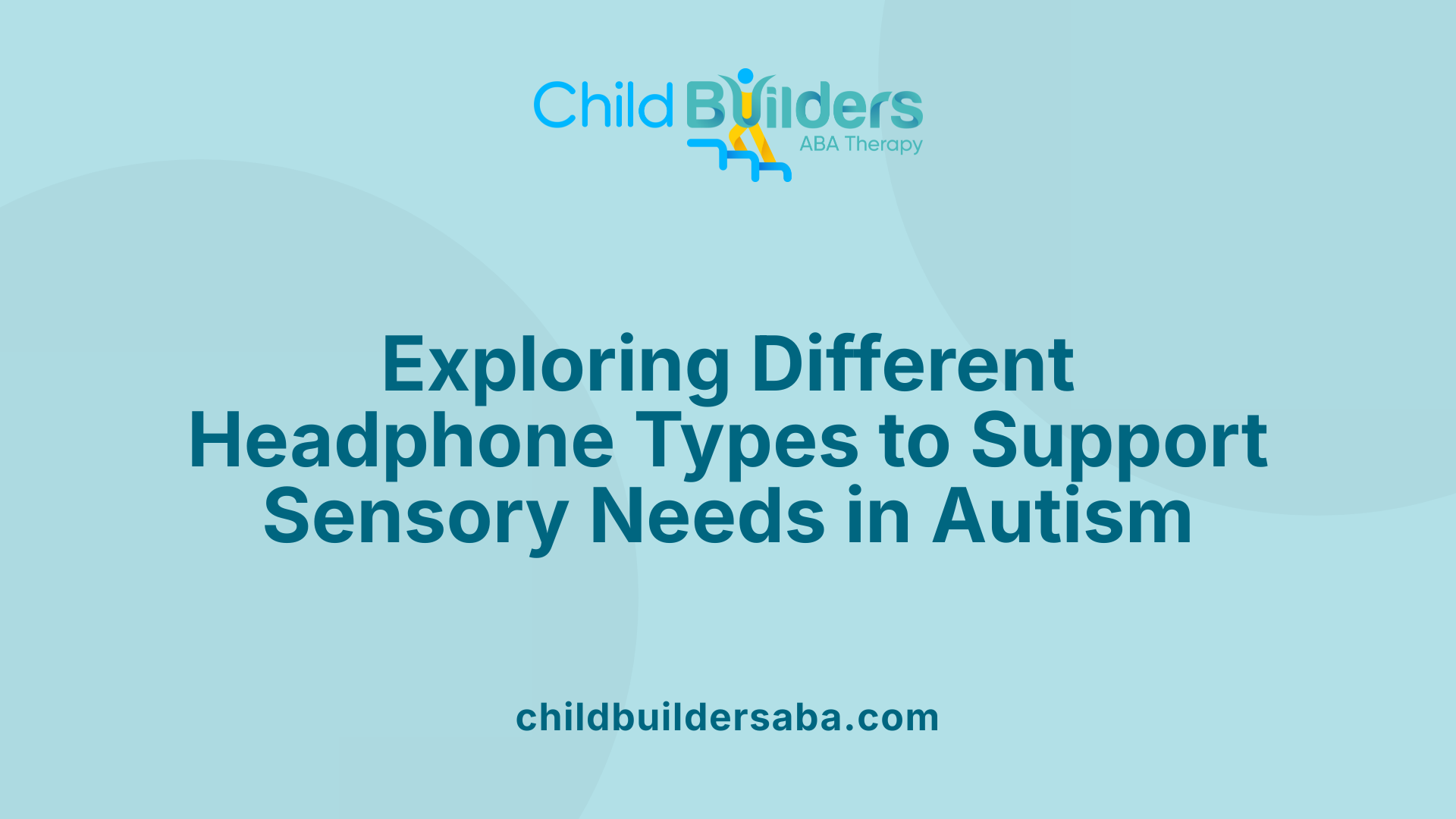
What different types of headphones are used by autistic individuals, and what are their purposes?
Autistic people often choose from a variety of headphone styles to help manage their sensory oversensitivity, especially to loud or overwhelming noises. One popular option is noise-canceling headphones, which actively reduce ambient sounds by creating anti-noise signals, providing a quieter environment. These are particularly useful in busy or noisy settings such as shopping centers, airports, or classrooms, helping to prevent sensory overload and promote calm.
Traditional over-ear headphones are another common choice. They typically offer comfort with padded ear cups and can be used to listen to calming music, white noise, or other soothing sounds to relax or focus. In-ear headphones are lightweight and portable, making them suitable for on-the-go use, especially during outings or social events.
In addition to standard headphones, many autistic individuals also use earplugs or specialized noise reduction devices with high Noise Reduction Ratings (NRRs). These tools provide a simple physical barrier to sound, further protecting against sensory overload, especially during sleep or in loud environments.
Sensory-friendly headphones are designed with comfort in mind, featuring soft padding, adjustable headbands, or lightweight materials. Some models are specifically tailored to meet the unique sensory needs of autistic users, making them both practical and comfortable.
The choice of headphones often depends on personal preferences, such as desired noise reduction level, comfort, age, and specific sensory sensitivities. Whether for calming, concentration, or social participation, the right type of headphone can make a significant difference in managing sensory input effectively.
How Headphones Aid Sensory Regulation and Emotional Well-being
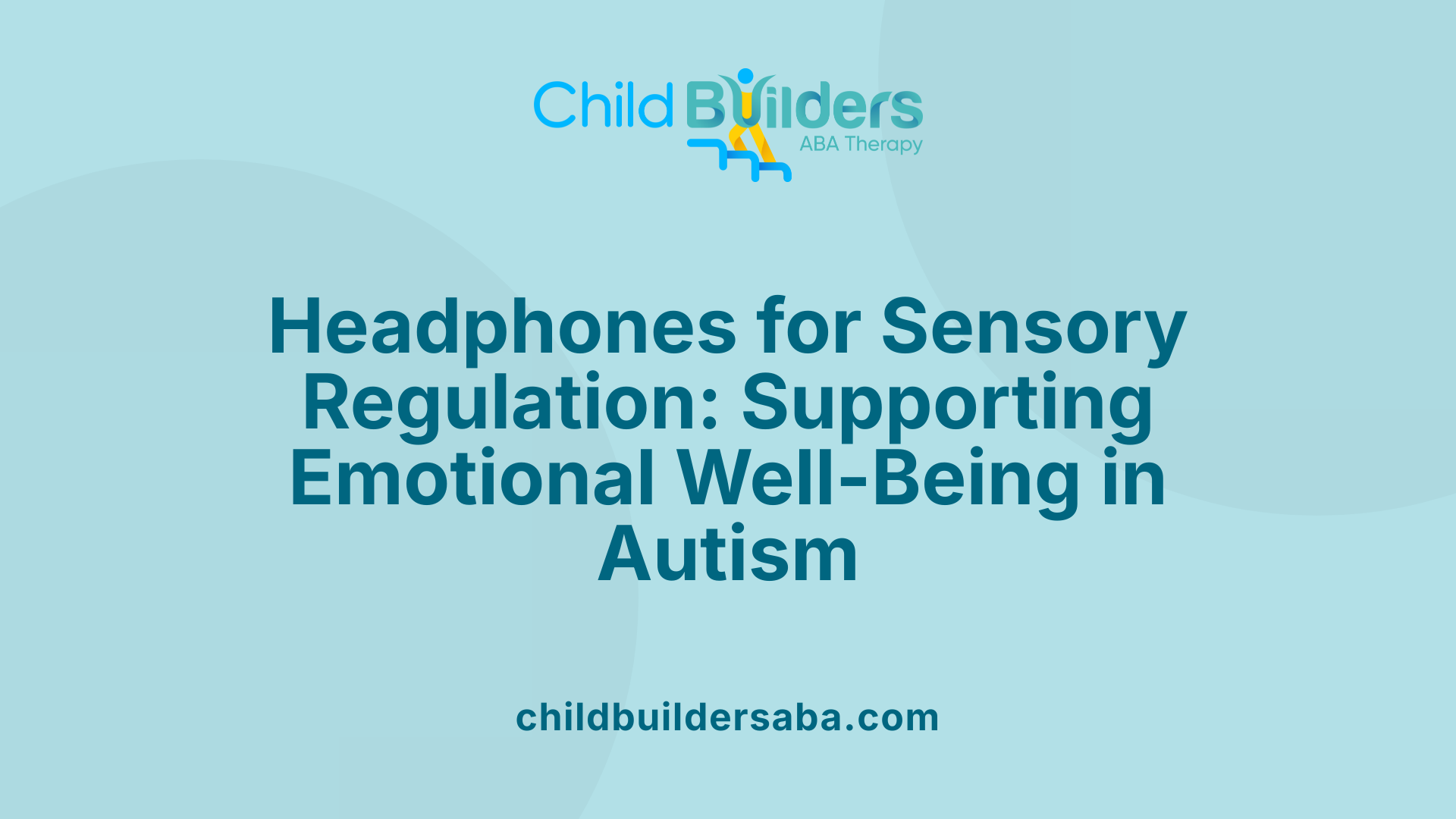
How do headphones help autistic individuals manage sensory overload?
Headphones are vital tools for many autistic individuals, offering a way to manage sensory overload and reduce the impact of overwhelming environments. Particularly, noise-canceling headphones are highly effective, as they actively diminish ambient noise through electronic means, creating a more manageable auditory environment. This helps decrease feelings of anxiety and stress caused by loud or chaotic surroundings.
In addition to noise cancellation, some headphones are designed with soft padding and are lightweight, ensuring comfort during extended use. They can also serve as signals, indicating the need for quiet and helping others understand when a person requires space or less stimulation. For those who are sensitive to pressure on the ears, bone conduction headphones are an alternative, allowing sound to be transmitted through vibrations without covering the ears directly.
By blocking out external sounds, headphones enable autistic individuals to regain a sense of control over their sensory input. This reduction in auditory stimuli supports self-regulation, helping them stay calm and focused in environments like shopping centers, airports, or noisy classrooms. Modern headphone models often include features such as volume limiting, durability, and ergonomic design, making them suitable for daily use. Overall, headphones function as practical and essential tools that foster comfort, emotional stability, and better engagement with the world around them.
Supporting emotional stability and reducing stress
Wearing headphones can significantly lower anxiety levels, a common challenge among people on the autism spectrum. By decreasing the amount of external noise entering their ears, individuals can reduce sensory overload, which often manifests as irritability or distress.
Furthermore, headphones facilitate emotional regulation by providing a consistent auditory environment, creating a predictable and calming space. Listening to soothing sounds or music through headphones can help improve mood, relax tense muscles, and promote a sense of well-being.
Research has shown the positive impacts of sensory headphones, with many autistic children experiencing decreased anxiety and heightened ability to communicate effectively. Headphones serve not only as a tool for auditory control but also as a means to support emotional resilience, helping individuals better cope with the sensory challenges of everyday life.
Improving focus and social inclusion
In addition to calming effects, headphones aid in enhancing concentration, allowing autistic people to focus on tasks or conversations without being distracted by environmental noise. This increased focus supports learning, social engagement, and participation in activities that might otherwise be overwhelming.
In scenarios such as social gatherings or loud celebrations, headphones provide a barrier against disruptive sounds, enabling participation and inclusion. They also assist in sleep by blocking out disruptive noises, promoting rest and emotional recovery.
In essence, headphones are indispensable for many on the autism spectrum, acting as a bridge to better sensory management, emotional health, and social interaction.
Benefits of Headphone Use in Various Settings
Reducing sensory overload in public spaces
Headphones are vital tools for many autistic individuals to navigate noisy public environments such as shopping centers, airports, and busy streets. By blocking out distracting and overwhelming background sounds, headphones help create a more controlled and calming auditory space. Noise-canceling headphones, in particular, actively reduce ambient noise levels, allowing users to experience a sense of relief and safety. This reduction in sensory input not only minimizes stress but also helps prevent sensory overload, which can lead to distress or withdrawal.
Enhancing concentration in educational settings
Classrooms and learning environments can sometimes be excessively stimulating for autistic students. Hearing unfamiliar or loud noises may hinder concentration and learning. The use of headphones, especially those with noise-canceling features, helps reduce external distractions. This allows autistic learners to focus better on lessons, participate more actively, and improve comprehension. Additionally, headphones that play calming or familiar sounds can create a stable auditory environment, facilitating better engagement and reducing anxiety during school activities.
Supporting sleep and relaxation at home
Headphones also serve an important role in helping autistic individuals relax and wind down at home. Listening to calming sounds, music, or audiobooks through headphones can promote relaxation and aid sleep. They act as a barrier against disruptive environmental noises such as household activity, traffic, or night-time sounds that might disturb rest. Comfortable, soft-padded headphones are recommended for longer periods of use to ensure safety and hygiene, making them both effective and comfortable sleep aids.
Facilitating participation in social activities
In social settings such as parties, gatherings, or events with loud music, headphones enable autistic individuals to manage their sensory sensitivities. Wearing headphones helps create a manageable auditory environment, empowering them to join social activities without becoming overwhelmed. This not only boosts participation but also helps in emotional regulation, allowing individuals to enjoy social interactions more fully.
| Setting | How Headphones Help | Benefits | Features to Consider |
|---|---|---|---|
| Public Spaces | Block out background noise | Reduce sensory overload, enhance comfort | Noise-canceling, durable, portable |
| Educational Settings | Minimize distractions | Improved focus and learning | Volume limiting, comfortable fit |
| Home | Support relaxation and sleep | Calmness, better rest | Soft padding, long-term comfort |
| Social Activities | Manage loud environments | Enable participation, reduce stress | Adjustable noise reduction, style options |
Overall, headphones designed for sensory needs serve as versatile tools that support sensory regulation, emotional health, and social inclusion across various environments. Whether actively reducing noise or delivering soothing sounds, they help autistic individuals navigate the world with greater confidence and comfort.
Creating Calm and Supporting Focus Through Sound
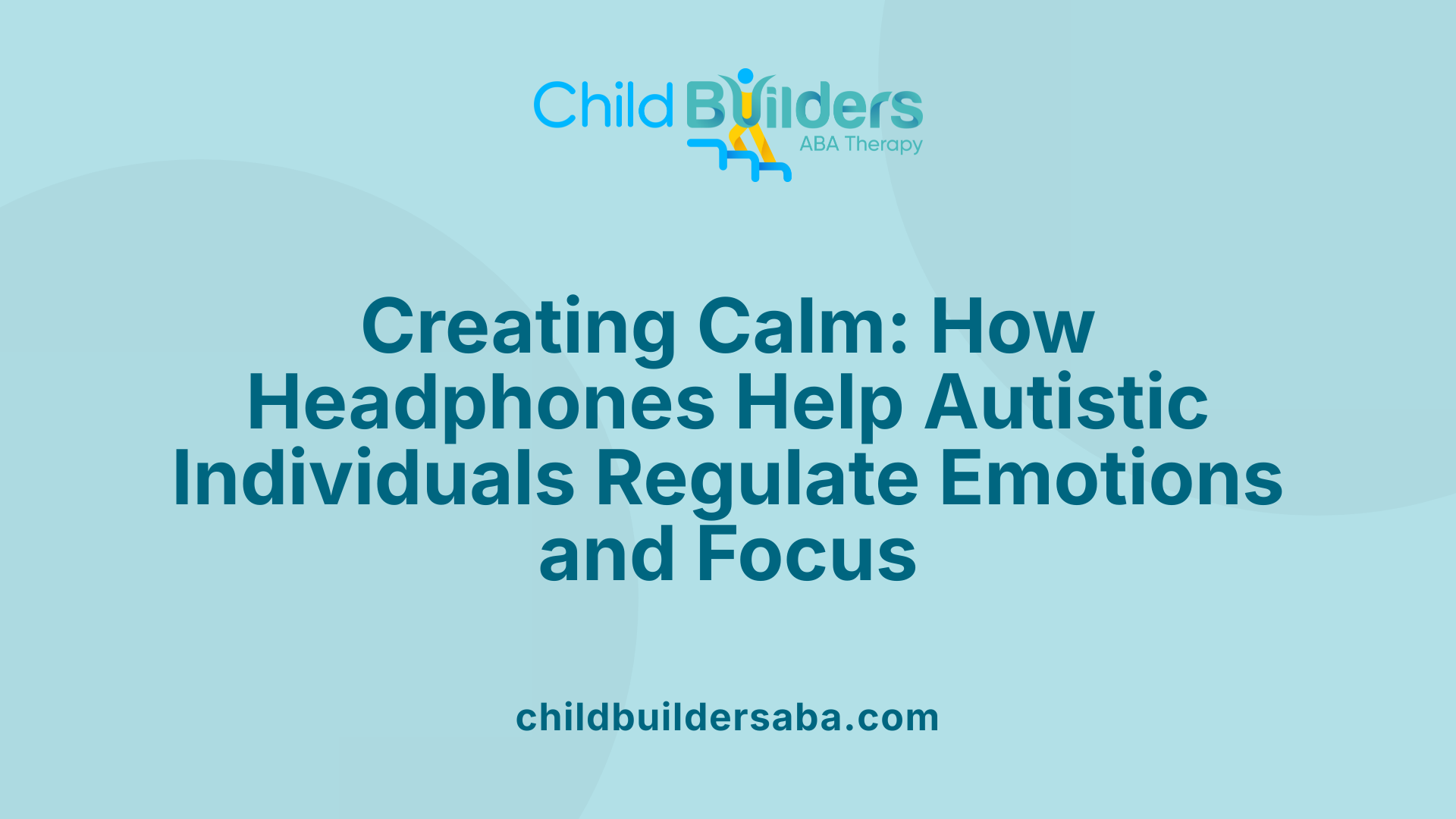
In what ways can headphone use aid emotional regulation, focus, sleep, and social inclusion for autistic individuals?
Headphones play a vital role in helping autistic individuals manage their sensory environments, which directly impacts their emotional regulation and overall well-being. By reducing the overwhelming effect of background noises, headphones help lower stress levels and diminish anxiety, fostering a sense of calm. Noise-canceling models, especially those with active noise cancellation technology, are effective in blocking out distracting sounds, creating a controlled auditory setting.
This control over sound environments enhances focus and concentration, whether in classrooms, workplaces, or public spaces. It allows autistic individuals to tune out excessive stimuli, stay engaged with their tasks, and participate in social interactions more comfortably. These headphones also support better sleep by shielding the ears from disruptive environmental noises, aiding in emotional stability and rest.
Comfort features such as soft padding and volume-limiting functions are essential, not only for prolonged wear but also for hearing protection. Wearing headphones with calming sounds, like white noise or nature sounds, can further aid relaxation and promote emotional balance. Additionally, headphones help individuals navigate social contexts by providing a barrier against sensory overload, enabling more seamless social inclusion.
In summary, tailored headphone use—combining quiet, comfort, and sensory regulation—significantly contributes to emotional regulation, focus, sleep quality, and social participation for autistic individuals. These tools serve as practical aids that support sensory needs and promote overall mental health.
Headphones as a Signal and Aid for Social Participation
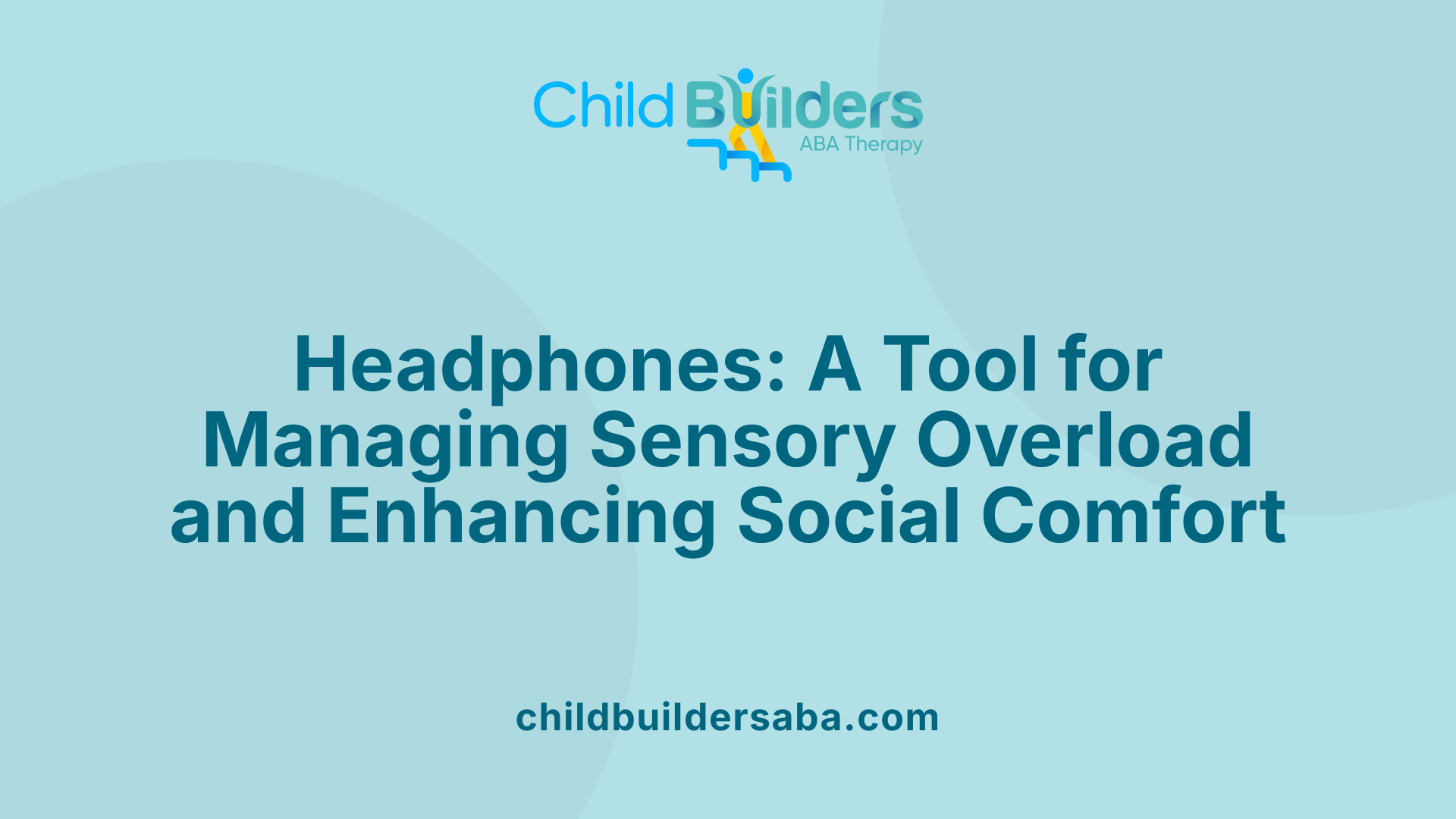
How do headphones serve as coping mechanisms for sensory processing challenges faced by autistic people?
Headphones act as powerful tools to help autistic individuals manage their sensory environments. Many autistic people experience hypersensitivity, where typical noises feel loud, overwhelming, or intrusive. Wearing headphones, particularly noise-canceling models, helps reduce this sensory overload by blocking or actively cancelling background sounds.
This sensory filtering allows for calmer, more controlled experiences, especially in busy or loud environments like shopping centers, airports, or social gatherings. By lowering the volume of external stimuli, headphones foster a sense of safety and comfort.
Many autistic individuals find that headphones not only decrease noise sensitivity but also support concentration, emotional regulation, and stress reduction. They serve as a customizable safety barrier, enabling better focus during activities such as schoolwork or social interactions.
Overall, headphones provide a practical and adaptable way to create a more manageable sensory experience, promoting overall well-being and helping individuals navigate everyday environments more comfortably.
Using headphones as a visual cue for quiet or personal space
Headphones can also function as visual signals indicating the wearer’s need for quiet or personal space. When someone notices a person wearing headphones, it can communicate that they prefer not to be disturbed or need a moment of calm. This simple visual cue can help others understand and respect their sensory needs, reducing potential social misunderstandings.
Such signals promote self-advocacy, allowing autistic individuals to set boundaries comfortably and clearly in social situations. The visual cue of headphones often encourages friends, family, and peers to create a more accommodating environment.
Supporting social inclusion and communication
In environments where sensory input is overwhelming, headphones support better social engagement. By controlling external noise, autistic individuals can focus more effectively on conversations and social cues, improving communication.
Headphones help regulate sensory input so that social participation becomes less stressful. This can enable more active involvement in group activities, gatherings, or community events.
Helping in loud environments like parties, events
Loud settings like parties, concerts, or community festivals can be particularly challenging for autistic people. Wearing headphones—especially noise-canceling or ear protection models—can significantly reduce distress caused by loud music, crowds, or unpredictable noises.
This reduction allows individuals to participate more comfortably in these events, fostering inclusion and shared experiences. It also supports emotional regulation, preventing sensory overload and possible meltdowns.
| Purpose | Types of Headphones | Benefits | Additional Features |
|---|---|---|---|
| Signal for quiet | Over-ear, in-ear | Clear communication of sensory needs | Visual indicator, light padding |
| Social support | Noise-canceling, bone conduction | Ease focus and interaction | Volume limiting, easy controls |
| Environment protection | Ear protection, passive noise isolation | Reduce loud noises in crowded spaces | Durable, hygienic, comfortable |
By understanding how headphones serve as both protective and communicative tools, we can see their vital role in fostering independence, safety, and inclusion for autistic individuals.
Technology and Safety Considerations for Autism-Friendly Headphones
What features should be considered when choosing headphones for autism?
When selecting headphones for autistic individuals, several important features ensure safety, comfort, and functionality.
First, volume limiting capabilities are essential. Headphones with built-in volume controls or maximum volume settings of around 20 to 26 decibels help protect sensitive ears from loud sounds that could cause damage. This feature is especially crucial for children and those with hypersensitivity.
Durability is another key aspect. Replacing worn-out or easily damaged headphones can be costly and disruptive. Sturdy construction with reinforced cables and resistant materials ensures longevity for everyday use.
Comfort features, such as soft padding around the ears and a lightweight design, are vital for extended wear. Headphones with cushioned ear cups and adjustable headbands minimize discomfort and pressure points.
A choice between wired and wireless options depends on personal preferences and specific needs. Wireless models reduce cable clutter, which can be beneficial for mobility, while wired headphones typically offer consistent connection and less reliance on batteries.
Some brands offer specialized models equipped with multiple safety and comfort features. Notable options include Sony WH1000XM3, Bose QuietComfort 35 II, and Sennheiser Momentum 4 Wireless. These devices combine effective noise reduction, safety features, and comfortable designs suitable for both children and adults.
In conclusion, selecting headphones with these considerations helps create a safer, more engaging environment for autistic individuals, aiding in sensory regulation and overall well-being.
The Critical Need for Good Quality and Safe Headphones
Why are good quality headphones especially important for autistic individuals?
For autistic individuals, choosing high-quality and safe headphones is essential. These headphones effectively reduce overwhelming noise levels through advanced noise-canceling technology, helping prevent sensory overload. High-quality models often offer better durability, ensuring they last longer and maintain performance over time.
Comfort is another vital aspect. Headphones with soft padding and adjustable components provide a better fit, reducing discomfort during extended wear. Hygiene features, such as easy-to-clean surfaces, are also important to prevent infections and ensure safe use.
Noise reduction ratings, especially those between NRR 20 to 26, help balance noise attenuation with safety, shielding hearing without risking damage. Properly selected, quality headphones support emotional stability, improve focus, and help autistic users stay calm in noisy situations.
Devices that combine safety, comfort, and effective noise control promote overall well-being, enabling autistic individuals to navigate their environment with confidence and ease.
Supporting Sensory Needs with the Right Tools
Understanding why autistic people wear headphones reveals their importance as essential tools for managing sensory sensitivities and promoting well-being. From reducing noise in overwhelming environments to aiding emotional regulation, headphones serve as practical and personalized support devices. Selecting appropriate, comfortable, and safe headphones tailored to individual needs can significantly enhance autonomy, participation, and quality of life for autistic individuals, empowering them to navigate the world with greater confidence and comfort.
References
- Why Do Autistic People Wear Headphones? - - Eagles WIll ABA
- Why do Autistic people wear headphones? | Twinkl Blog
- Why Do Autistic People Wear Headphones? - ABATherapistJobs.com
- Why Do Autistic People Wear Headphones? - Astra ABA
- 7 Reasons Why Autistic People Wear Headphones
- Wearing Headphones - Mitchell's Life with Autism
- Noise-Canceling Headphones for Autism: The Ultimate Guide
- The Importance of Noise Canceling Headphones for Autism
- Why Do Some Autistic People Often Wear Headphones? - Medium



.jpg)

































































































